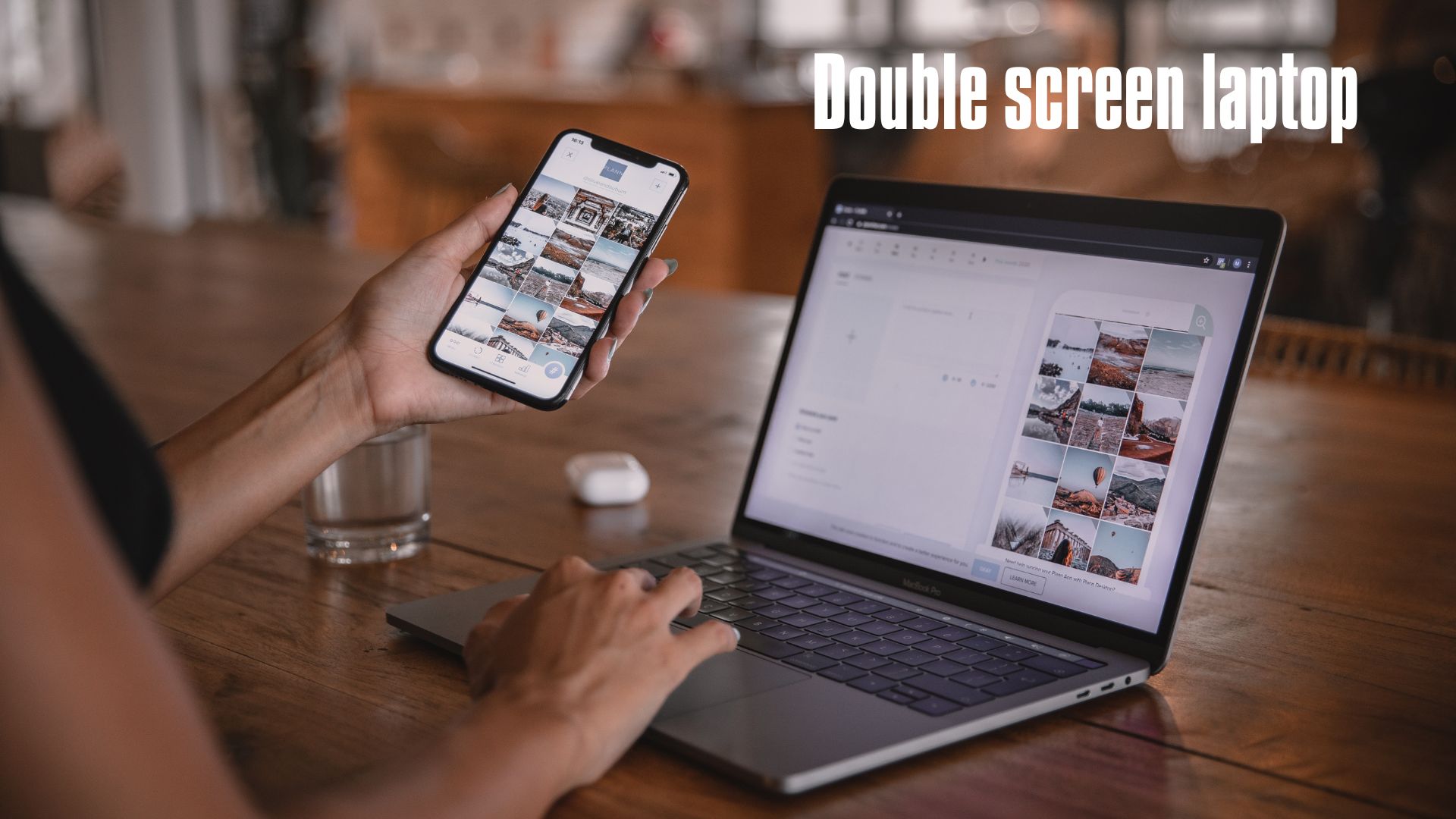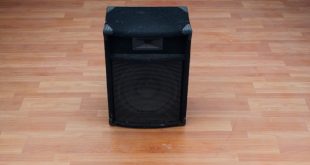I saw for the first time in my life someone with a dual-screen laptop actually using it, and I was like, Oh my god.
This is so cool. He actually has one. He’s actually good at using it. So I was going to leave, but I was like, I can’t leave; I need to see how this whole thing plays out. So I got a table near him and I saw him set it up, and I was like pretending to use my phone, but I was just creeping on the whole process, and it looked like he was looking at some like x-rays on the top screen and then some like other apps on the bottom screen, and eventually I built up the courage to just be like, I need to know, right? So I went up to him, like, tell me about this whole thing, and he had no idea who I was. He was just so excited and so enthusiastic to share this whole dual-screen laptop experience with me. He went through the whole thing, and I didn’t have the heart to be like, Yeah, I know all this stuff because I reviewed it, but it was really neat to see it from the perspective of the user, all the neat things that he loved about it. But then at the end, I was like, That’s cool and all, but what is it that you don’t like about it? Like, what are the things that you dislike about this product and the whole experience?
So number one, he didn’t like that you couldn’t use that product. It was the yoga book, by the way, the two-screen yoga book. You couldn’t use it on your lap. He wanted to do this stuff in his car, but the whole experience on that device without a table is not great. So he would go into coffee shops and set everything up so we could do this stuff every morning. The second thing, though, was that he thought that the performance, like, so he was showing me the x-rays, like he was looking at the alignment of teeth. He was an orthodontist, and the models, when you spun them around, would stutter a lot because the integrated GP on the thing wasn’t great. But the other thing was that the product, he felt, didn’t interact like a normal laptop. He had to carry it a certain way. He had to put it in bags in a certain way. He just wished it was shaped and looked like a normal laptop. And the whole time that he went through this, and I thanked him for his time, I had this device. I had this product, and I was like, I wish I could show him this thing.
I couldn’t because it was under NDA, but it was in my backpack in the car. But I was like, I could have shown him this thing that day. And I wish I did. I wish I’d broken the damn NDA because he would have freaking loved this thing. This product is the new Asus ZenBook Duo. And I think this thing is so cool. I think that in the future, most laptops will be like this. I really think so because there’s so much utility that comes with it. So when you pop this thing open, it looks like a regular laptop—like a regular single-screen laptop. It’s got a full-size keyboard, a full-size trackpad, and a glass trackpad. And it’s just like, it works like you would write, it looks like you would expect, and it’s not super thick, right? Maybe not an ultra-thin laptop, but when you pop it open, you discover that this thing has a second screen. Now, before I interact with this secondary screen, I want to talk about what I think defines this product. It’s actually this keyboard. So this keyboard is a Bluetooth keyboard, and if you use it as a regular kind of wireless experience, it’s a normal keyboard or normal wireless keyboard. It’s got a good amount of travel. It’s got a perfectly responsive touchpad, but when you put it onto the bottom screen or the bottom area, this thing attaches with pogo pins. So there’s a bunch of connectors on the bottom here. Then these interact with these little pins down here, and it’s a magnetic system. You kind of put it near it. It just snaps into place, and then it becomes a wired keyboard experience. There’s no lag or latency in this interaction on this keyboard. It’s like it’s so good now because there’s magnets on the bottom of this thing and the bottom screen here. You can be very sloppy, and I’ll just slide in place. It’s surprisingly good at just finding its correct position and connecting.
That one didn’t go. But you’ve got to give it a little push, and it’s good to go. Now you’ll notice the screen is stuttering here and there. And it’s because as you remove the keyboard, it’s switching from a dual-screen product to a single-screen product. And the drivers need to obviously interact with that. But the other thing that makes this product really neat is that you get to see the hinge. Now, because this hinge has multiple positions, I think it goes from like 40 degrees to 6 degrees. You have a ridiculous amount of customizability with how you want to position everything. Now the bottom of this product. You can see the hinge. This is an extraordinarily tanky hinge. It’s all like it’s metal. It’s like it’s so solid, and it’s built right into the bottom of this device. I imagine that if you ever crank this thing and you break it because it’s got screw points here, you could just unscrew it and replace the hinge. That’s how solid this thing is. And it’s important because this hinge is what allows the second screen to be positioned at whatever angle you want. When you pop up the second screen, you’ll notice that it’s not just a mirror of the first screen.
It’s actually a separate display that you can use to run different apps or even extend your workflow. You can drag windows from one screen to the next and even customize the layout to your liking. Overall, the Asus ZenBook Duo is a truly innovative product that pushes the boundaries of what a laptop can be. It’s not perfect, of course; there are still some trade-offs you have to make, like the slightly thicker profile and the higher price tag. But for anyone who needs to multi-task on the go or who simply wants to experience the future of computing, this is definitely a device worth considering.



